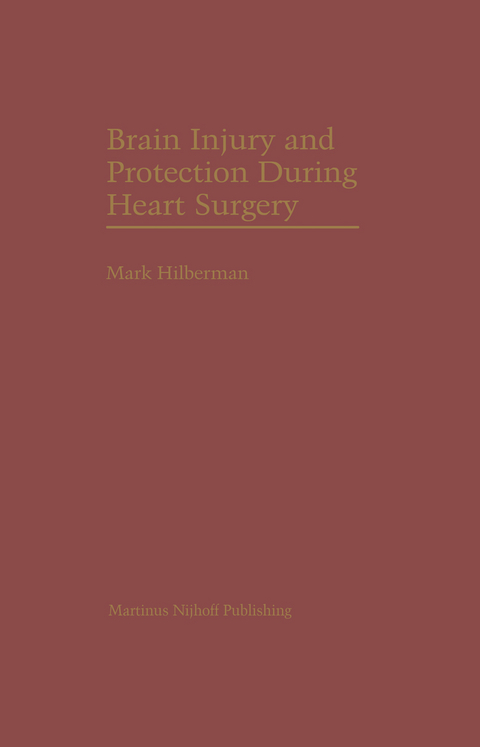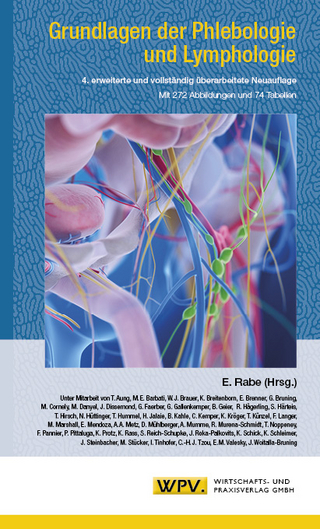
Brain Injury and Protection During Heart Surgery
Seiten
2011
|
Softcover reprint of the original 1st ed. 1988
Springer-Verlag New York Inc.
978-1-4612-9231-9 (ISBN)
Springer-Verlag New York Inc.
978-1-4612-9231-9 (ISBN)
Brain injury is one of the most unacceptable complications sustained during heart surgery. This book presents the current results and thinking of a number of leading clinical investigators in this area. Nearly all have been active in serious studies designed to define various aspects of brain physiology, patho physiology, or protection during cardiac operations performed with cardio pulmonary bypass. We were particularly interested in obtaining contributions from younger investigators. Brain injury is a problem which has long troubled those involved with perioperative care of the cardiac surgical patient. The first chapter by Dr. Torkel Aberg presents a summary of his extensive investigations into this problem. It is intended both to present the perspective of a surgeon interested in this problem, and to serve as an introduction to the overall issue of avoiding brain injury during heart surgery. The next three chapters discuss the problem of perfusion pressure, outcome, and brain blood flow. Dr. Sarnquist's contribution stems from his extensive experience with low flow bypass as practiced at Stanford University and the results of the studies he performed in collaboration with Dr. Fish. Drs. Govier and Reves discuss in some detail the general effects of anesthetic agents upon brain metabolic needs as well as their important data demonstrating preserva tion of brain blood flow autoregulation during cardiopulmonary bypass (CPB) as practiced at the University of Alabama. Finally Dr.
1 Cerebral injury during open heart surgery: studies using functional, biochemical, and morphological methods.- 2 Neurological outcome after ‘low flow, low pressure’ cardiopulmonary bypass.- 3 Cerebral blood flow: autoregulation during cardiopulmonary bypass.- 4 Cerebral hyperperfusion during cardiopulmonary bypass: the influence of PaCO2.- 5 Microembolization: etiology and prevention.- 6 Macroembolization: prevention and outcome modification.- 7 Tools for assessing central nervous system injury in the cardiac surgery patient.- 8 Perfusion techniques that may decrease brain injury during cardiopulmonary bypass.- 9 Brain function after hypothermic circulatory arrest.
| Zusatzinfo | 192 p. |
|---|---|
| Verlagsort | New York, NY |
| Sprache | englisch |
| Maße | 155 x 235 mm |
| Themenwelt | Medizin / Pharmazie ► Medizinische Fachgebiete ► Anästhesie |
| Medizinische Fachgebiete ► Chirurgie ► Herz- / Thorax- / Gefäßchirurgie | |
| Medizinische Fachgebiete ► Innere Medizin ► Kardiologie / Angiologie | |
| Medizin / Pharmazie ► Medizinische Fachgebiete ► Neurologie | |
| ISBN-10 | 1-4612-9231-X / 146129231X |
| ISBN-13 | 978-1-4612-9231-9 / 9781461292319 |
| Zustand | Neuware |
| Haben Sie eine Frage zum Produkt? |
Mehr entdecken
aus dem Bereich
aus dem Bereich
Diagnostische und interventionelle Kathetertechniken
Buch (2022)
Thieme (Verlag)
220,00 €
Buch | Hardcover (2022)
Urban & Fischer in Elsevier (Verlag)
270,00 €
Buch | Softcover (2024)
WPV. Wirtschafts- und Praxisverlag
75,00 €


